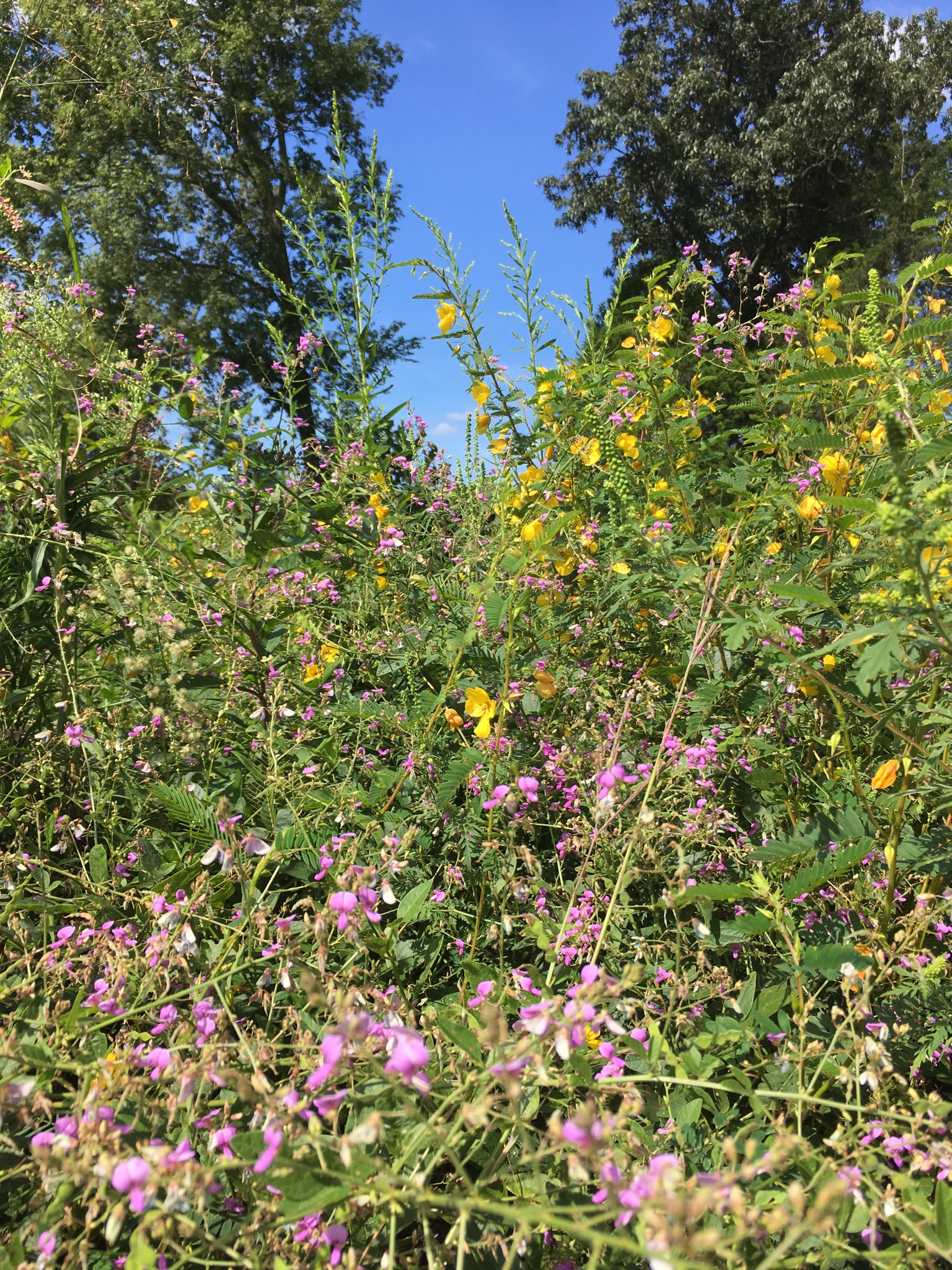Catscratch
5 year old buck +
I know that strip discing at different times of year will promote different crops of forbs, while setting back grasses. I also know that fall burns promote forbs while setting back grasses and that spring burns do the opposite. Both great ways to encourage native plants that deer eat (they don't eat the grass).
Here is where I need help. I want to spray herbicide to accomplish the same thing as discing. I figure there are two options; spray gly, kill everything, let the seedbank replenish... or spray clethodim, kill grass, let the forbs that are already growing have the space they need AND let the seedbank replenish.
Gly is cheap and easy to find. Cleth is double the price and something I have to order. I really kind of want to spray cleth so that I don't kill the forbs that are already there.
Anyone have experience with this? Input?
Here is where I need help. I want to spray herbicide to accomplish the same thing as discing. I figure there are two options; spray gly, kill everything, let the seedbank replenish... or spray clethodim, kill grass, let the forbs that are already growing have the space they need AND let the seedbank replenish.
Gly is cheap and easy to find. Cleth is double the price and something I have to order. I really kind of want to spray cleth so that I don't kill the forbs that are already there.
Anyone have experience with this? Input?




